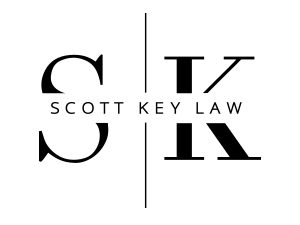Some Lessons from a Trial Appearance
This week, I am trying a criminal case. My practice is predominantly appellate, but I have brief forays into the work of criminal trial practice. And today began such a case. While it’s not appropriate to go deeply into the particulars, I think that jury selection today was particularly instructive. I don’t know whether this case I am trying will eventually turn into an appellate case. If it does, I am trying not to waive anything.
I try to avoid the three-part essay, the three point speech, or the five paragraph essay. But it turns out that there were three appellate lessons that I learned today. The overarching lesson was that it is sometimes important to do a trial to remember just what it is like. But more specifically, I take the following three lessons from day one of my trial:
- Get the court reporter to take everything down. In the average Georgia felony jury trial, the court reporter will take down only the evidence, objections, and the charge conference. Ordinarily, that may be enough. But if you have a case where the topic is sensitive and where jurors are likely to be biased, it is best to have the voir dire taken down. Today’s voir dire wore me out. The case is a child molestation, and there are inevitably people who just don’t want to be on a case like that. There are also man who bring baggage with them into the trial. I had to work hard to get some jurors excused for cause with the Court and the State fighting to “rehabilitate” the jurors. In the end, I had to burn only one strike. Three jurors were struck for cause. The take-down was key. Don’t know what would have happened otherwise, but the court reporter probably was a big help in how the questioning went. She may have gotten those jurors struck. Don’t let the proverbial tree of error fall in an empty forest.
- Effective assistance of counsel requires frequent attorney-client communication followed by recitations on the record. There are two decisions that only the client can make — whether to go to trial and whether to testify. Both must be informed decisions. So, get ready to explain. Also, get ready to summarize some things for the record either way. I’ve done lots of writing, calling, asking questions, answering questions, and stating things for the record this week.
- It’s hard to try a case with an eye to an appeal. My best appellate issues so far have been deprived from me because the judge ruled my way. Well-founded objections get you one of two things — a fair trial or a shot on appeal. This trial reminds me of what a mental challenge a trial is. It is quite difficult to Sunday morning quarterback. It is much easier to play quarterback on Monday.
I’m sure more lessons will follow as this trial progresses.

Leave a Reply
Want to join the discussion?Feel free to contribute!